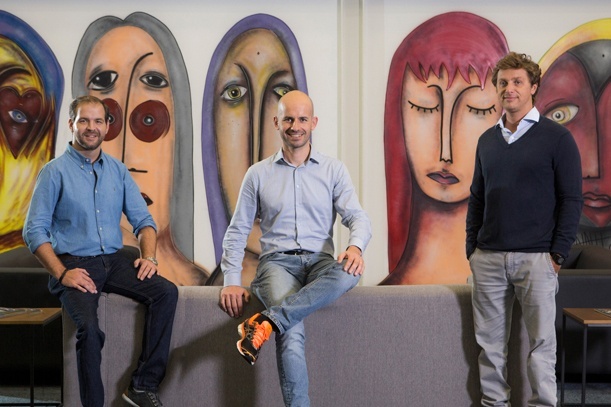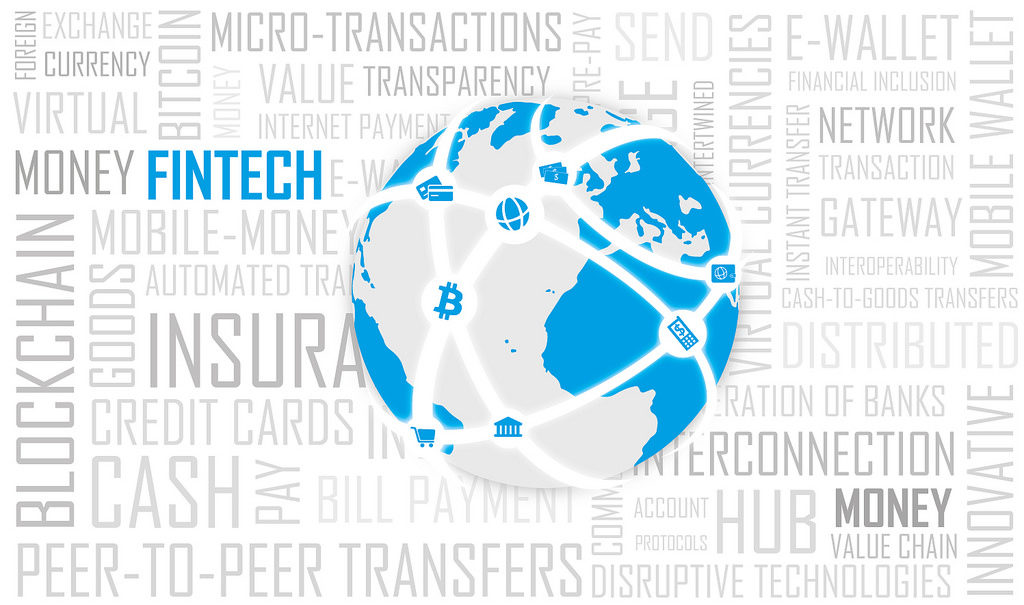2018 is well on it’s way to being an extremely successful year for Brazilian startups, with more global expansion predicted than ever. Created in Brazil in 2012, cross-border payment processing startup EBANX is among the lucky group of growing fintech startups, offering end-to-end payment solutions across the entire cross-border e-commerce transaction flow. Having recently raised $30 million in funding, it provides over 100 Latin American local payment options for global merchants who are eager to expand throughout the region.
EBANX has already enabled more than 33 million people in Brazil, Mexico, Argentina, Chile, Colombia, Peru, and Ecuador to access global products and services, and already enabled over 500 merchants to reach new audiences in Latin America. The company also goes beyond payment processing, offering merchants marketing consultancy services and a 24/7 local customer support team to serve all their Latin American clients – in their own language.
 With more than 15 years of experience in software development, João Del Valle is the mastermind behind the first platform codes of EBANX. He holds a MSc in Object-Oriented Software Engineering from École des Mines, in France and a BSc in Computer Science from the Pontifícia Universidade Católica do Paraná in Brazil. In addition to having worked as a specialist in several companies, he was also the lead engineer of the team that built the national accounting and finance system in Mozambique, where he lived for two years. João holds an MBA degree from Fundação Getúlio Vargas and has also attended executive programs at Stanford, Harvard and Singularity University.
With more than 15 years of experience in software development, João Del Valle is the mastermind behind the first platform codes of EBANX. He holds a MSc in Object-Oriented Software Engineering from École des Mines, in France and a BSc in Computer Science from the Pontifícia Universidade Católica do Paraná in Brazil. In addition to having worked as a specialist in several companies, he was also the lead engineer of the team that built the national accounting and finance system in Mozambique, where he lived for two years. João holds an MBA degree from Fundação Getúlio Vargas and has also attended executive programs at Stanford, Harvard and Singularity University.
What sorts of opportunities does the Latin America e-commerce market offer to merchants in its three main market countries, Brazil, Mexico and Argentina?
First, the size of the market of these three countries creates major opportunities for e-commerce merchants. The whole region is home to over 650 million people, and more than half are concentrated in these three countries. These are markets that are not saturated yet.
Not only Brazilians, Mexicans, and Argentinians, but other Latin Americans are eager to buy, they have the money to do so, but they still lack of the variety of products and services that they wish for.
The e-commerce boom started not too many years ago in Latin America, and the market is now seizing a time of immense growth. In 2016, B2C e-commerce sales in the region exceeded $57 billion dollars, and Brazil, Mexico, and Argentina together accounted for half of this amount. Projections for 2019 show that e-commerce sales in the region will reach almost $85 billion dollars, with over 150 million online shoppers eager to buy.
Internet and mobile penetration in Latin American countries are also an opportunity. Brazil is the fourth country in the world with more internet users, with 120 million, only behind the U.S., India, and China. 80% of Brazilians use smartphones on a daily basis – the global average is 81%.
In Mexico, 64% of the population is connected to the internet. We are talking about 77 million Mexicans, and 90% of them are connected through smartphones. Argentina has 36 million internet users – 80% of the population –, and almost 40% of the Argentinians in the country use smartphones.
Do you believe that customer loyalty and understanding of the local target market plays a role in the success of smaller market growth in countries like Brazil?
Definitely. And having a deep understanding of the targeted local market has a direct impact in customer loyalty. In Brazil, is no different. Displaying prices in Brazil’s local currency, the real (BRL), and information in Portuguese is essential to have a successful sales strategy in Brazil.
Also, it is crucial to understand cultural attributes of the country. From macroeconomic aspects, such as population and GDP, up to each country’s uniqueness, such as how people are used to paying. In Brazil, you have to know that cash plays an important role in commerce, either it is in brick-and-mortar commerce or online.
Over 70% of people who pay for online purchases using boleto bancário – a very traditional cash voucher – have a checking account, hence they have access to credit cards. Using the boleto is a matter of preference. In order to succeed in selling to Brazilians and building customer loyalty among them, you have to consider this.
And the same goes for other countries in Latin America. Mexico, Argentina, Chile, Colombia, Peru, etc, they all have their own specificities.
What advice would you give to local e-commerce businesses such as Mercado Libre in the face of global online retail giants like Amazon?
Competition is inevitable. And in the globalized society we live in, this is even more true. People will want to access products and services from all around the world, if they fit their needs better. Hypes come and go. What stays is what has a strong value proposition. And this can be from a local business or a global one.
I think the best advice for local businesses in face of the arrival of global competition is not to look at them as the enemy, but to see the situation as an opportunity of growth. If growing is getting harder and harder inside your current market, what about expanding to new ones? Selling to a whole new group of people? Today, there are cheap tests you can perform to run an idea in another country without establishing a physical entity in it. Rely on local partners and you will be able to experiment.
Do you think digital currencies could play a role in satisfying the Latin American customer demand for international goods without having to pay cross-border transaction costs or to save the problem of differing local payment methods?
E-commerce is already quite modernized. And I do see the digitalisation of payments going through big changes. But, this will happen due to the massive adoption of existing technologies. I do not believe that a great technological disruption is coming, or that cryptocurrencies will play a massive role in satisfying LatAm customer demand for international goods, at least not for the next few years. And this is because cryptocurrency’s frameworks are still looking to handle compliance and money laundering aspects, which are carefully analyzed by online retail, for instance.
Regarding EBANX’s solutions, they make it possible for international merchants to offer to their Latin American customers the payment methods with which they are used to. Online merchants from all around the world can accept cash vouchers, debit cards, bank transfers, credit cards from local schemes and other options from Brazil, Mexico, Argentina, Chile, Colombia, Peru, and Ecuador thanks to EBANX’s payment solutions.
Do you think the current economic crisis occurring in Argentina is affecting the local consumer demand for buying goods online?
There’s no doubt that an economic crisis has impacts in the commerce of a country, digital or brick-and-mortar. But, despite the inflation rates in Argentina, e-commerce is only growing, a result of many elements, such as internet and mobile penetration, which I talked about previously in this interview.
In comparison to 2017, there was an increase of 52% in e-commerce sales in Argentina. The average ticket has also increased year by year: from 2015 to 2016, 22%. From 2016 to 2017, a lower increase was registered, of 19%. Despite being lower, it was still an increase. Cellphones, a category which usually has higher-price products, are among the Top 5 most sold in the country.
What would you recommend local LatAm entrepreneurs take into account if setting up an e-commerce business?
It is important to understand if there is demand for what you are selling in the city/state/country you are targeting.
Also, understanding the regulations and how they impact your business. For instance, some products that are allowed to be sold online in some countries are forbidden in others.
Other advice would be: understand your market and how people consume and pay in it. Understand how people search for information on Google about what you are selling, how do they navigate on websites that sell things that are similar to your product/service, how do they like to pay when shopping online.
Also, think about how you can have a scalable growth, meaning how will you be able to sell 10, 100, 1,000 times more with the same structure. In order to do that, you can consider shipping partners, logistics partners, payments partners, and so on.











